

E-scooters are not allowed to be ridden in the City of Toronto regardless of your age.
E-bikes are allowed in Toronto for those 16 years and older. Not all electric mobility devices are e-bikes.
It is important to know what electric mobility devices are allowed, who is allowed to ride them, and where and how you are allowed to ride them. Learn more about where different forms of Micromobility are allowed to operate in the City below.
| E-Scooters
|
E-Bikes
|
|---|---|
| In Toronto, e-scooters are not allowed to be operated on public roads, sidewalks or paths, regardless of user age. | E-bikes are allowed on public roads but not on sidewalks in Toronto. You must wear a helmet while riding an e-bike. |
| In Ontario, it is illegal for people under the age of 16 to ride on and operate an e-scooter. | In Ontario, it is illegal for people under the age of 16 to ride on and operate an e-bike. |
| The City does not have the authority to regulate what is sold on the market, only what is operated in public spaces. It is for this reason you will see e-scooters available for purchase or rent in Toronto stores and frequently marketed to youth under 16 years.
Although allowed in some municipalities in Ontario, riding them is not allowed in Toronto. |
The City does not have the authority to regulate the sale of e-bikes, only what is operated in public spaces. When buying an e-bike, it is important for consumers to make sure it meets the Provincial Government standards. |
E-scooters present a significant safety hazard and can cause serious injuries.
Since 2020, the SickKids Hospital Trauma Registry has seen a significant increase in the number of serious injuries related to battery-powered mobility devices: SickKids seeing growing number of injuries from e-scooters and e-bicycles.
In June and July 2024 alone, the Canadian Hospitals Injury Reporting and Prevention Program (CHIRPP) at SickKids found that among e-scooter injuries treated in the Emergency Department:
Toronto City Council decided to not opt in to the e-scooter pilot in late May 2024 (Agenda Item History – 2024.IE13.1 (toronto.ca). Therefore they are Illegal to ride in the City of Toronto.
E-bikes are allowed on public streets in Toronto. They produce zero emissions, and the electric assist makes it easier to travel uphill and longer distances, making e-bikes more accessible to people of different fitness levels.
E-bikes in Ontario must have:
Please see the Ministry of Transportation’s Riding an E-bike page for more information.
While a drivers’ licence, vehicle permit or licence plate is not required to operate an E-bike, riders must:
| Description | Roadway (vehicle lanes) |
Bicycle Lane (painted only) |
Cycle Track (separated, eg. curbs, planters, etc) |
Multi-use Trails and Paths (includes pedestrians, joggers, etc) |
Sidewalks | |
|---|---|---|---|---|---|---|
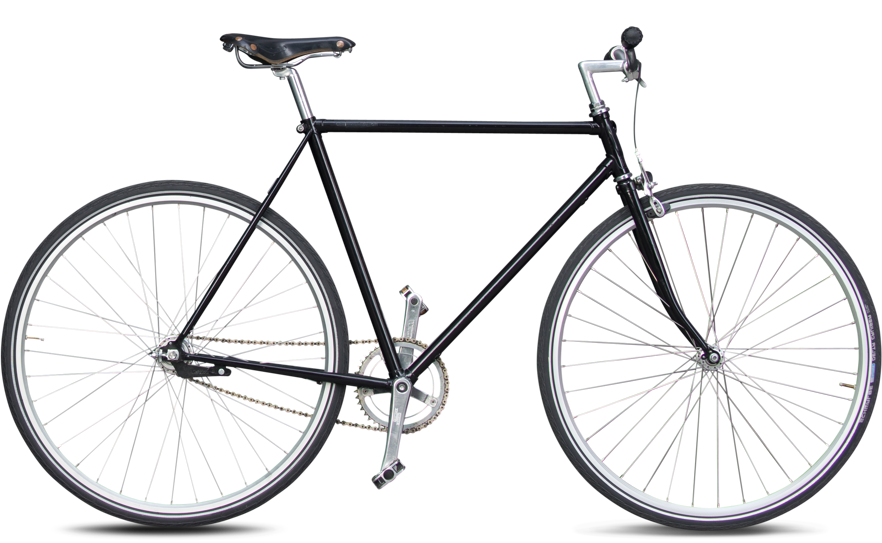
Bicycle |
Human powered bicycle | Yes | Yes | Yes | Yes | No (14 years and older) |
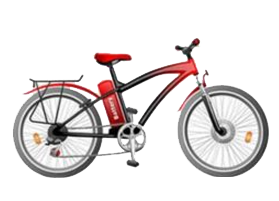
E-bike requiring pedaling |
Electric power assist bicycle that require some muscular power | Yes | Yes | Yes | Yes | No |
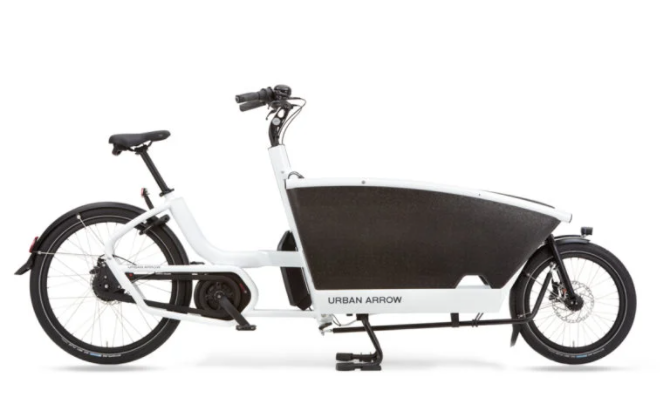
E-bike requiring pedaling |
Electric power assist tricycle that require some muscular power | Yes | Yes | Yes | No | No |
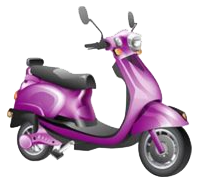
Power-assisted E-bike |
Throttle, electric motor-scooter that requires no pedalling and no muscular power
Max 32 km/h speed capability |
Yes |
Yes | No | No | No |
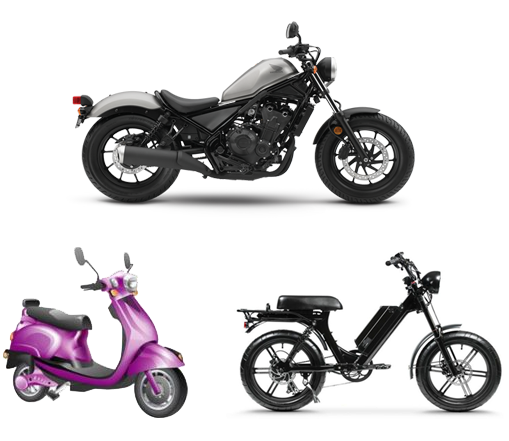
Motorcycles, Mopeds, Motor Scooters |
Capable of speeds greater than 32 km/h | Yes | No | No | No | No |
On May 22-23, 2024, City Council adopted a Micromobility Strategy for Toronto (IE 13.1). You can learn more about where different forms of Micromobility are allowed to operate in the City.
Motorized vehicles (including power-assisted E-bikes which do not require pedaling) may not be used on park multi-use paths. If a motorized vehicle is used on a park path, the rider/driver may be fined by bylaw enforcement officers. The Waterfront Multi-use path, Don Valley and Humber Multi-use paths, are all considered parklands. The West Toronto Railpath and Hydro corridor trails are considered linear parks.
Electric kick scooters, motorcycles or e-bikes over 40 kg are not allowed on ferries to Toronto Island Park or on Toronto Islands. All conventional bicycles and e-bikes that weigh less than 40 kg and require muscular power to operate are allowed on ferries and on the islands.
Under Toronto Municipal Code Chapter 950 , section 201B, only bicycles including E-bikes that are defined under the Ontario Highway Traffic Act
as “capable at all times of being propelled on level ground solely by using muscular power to operate the pedals” can park on the sidewalk, and use a post and ring stand as though they were a conventional bicycle. E-bikes that are not “capable at all times of being propelled on level ground solely by using muscular power to operate the pedals” such as scooter-style or moped-style E-bikes may park on-street as motorcycles do.
Learn more about the Micromobility Strategy for Toronto.